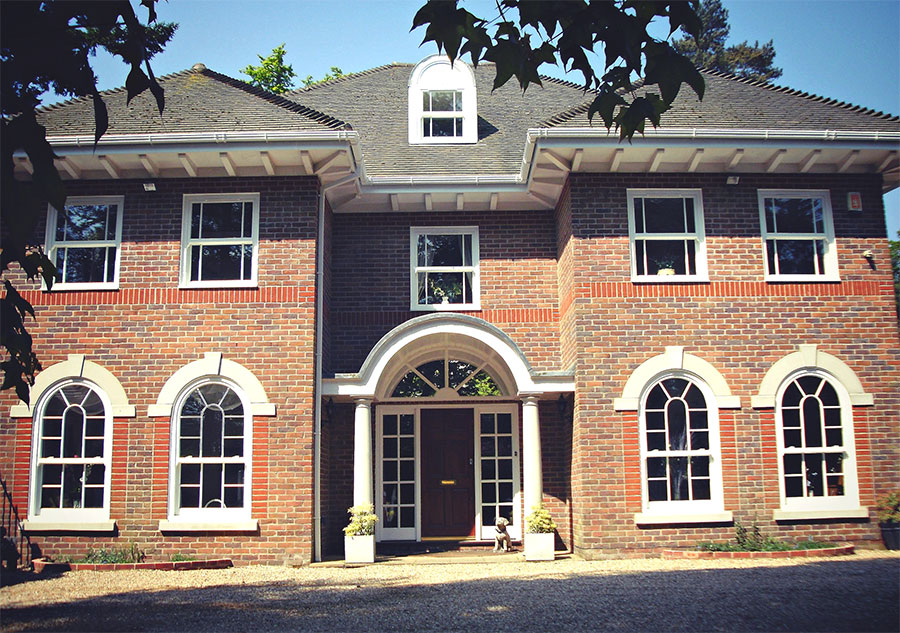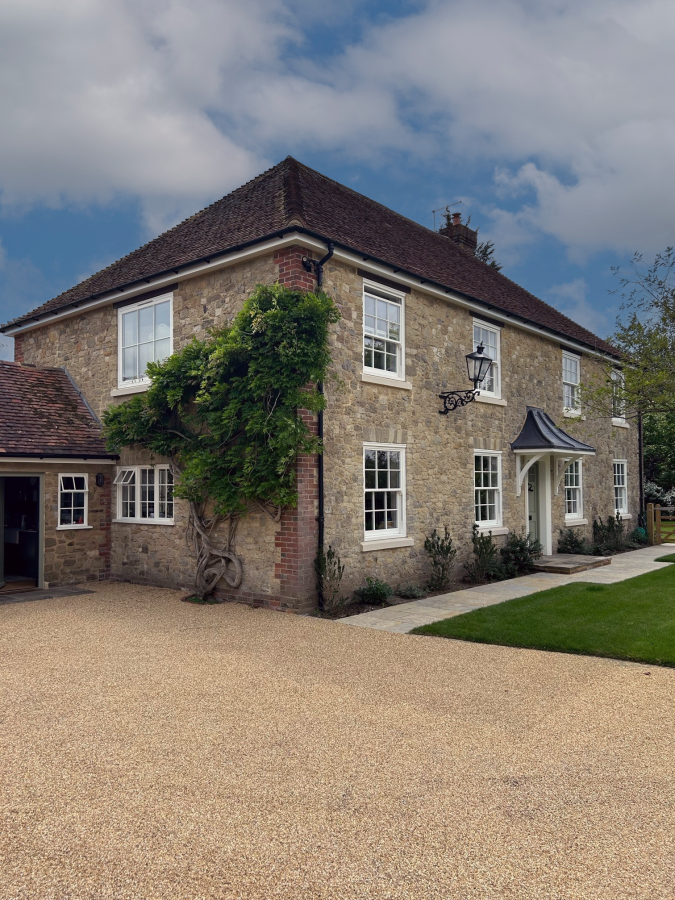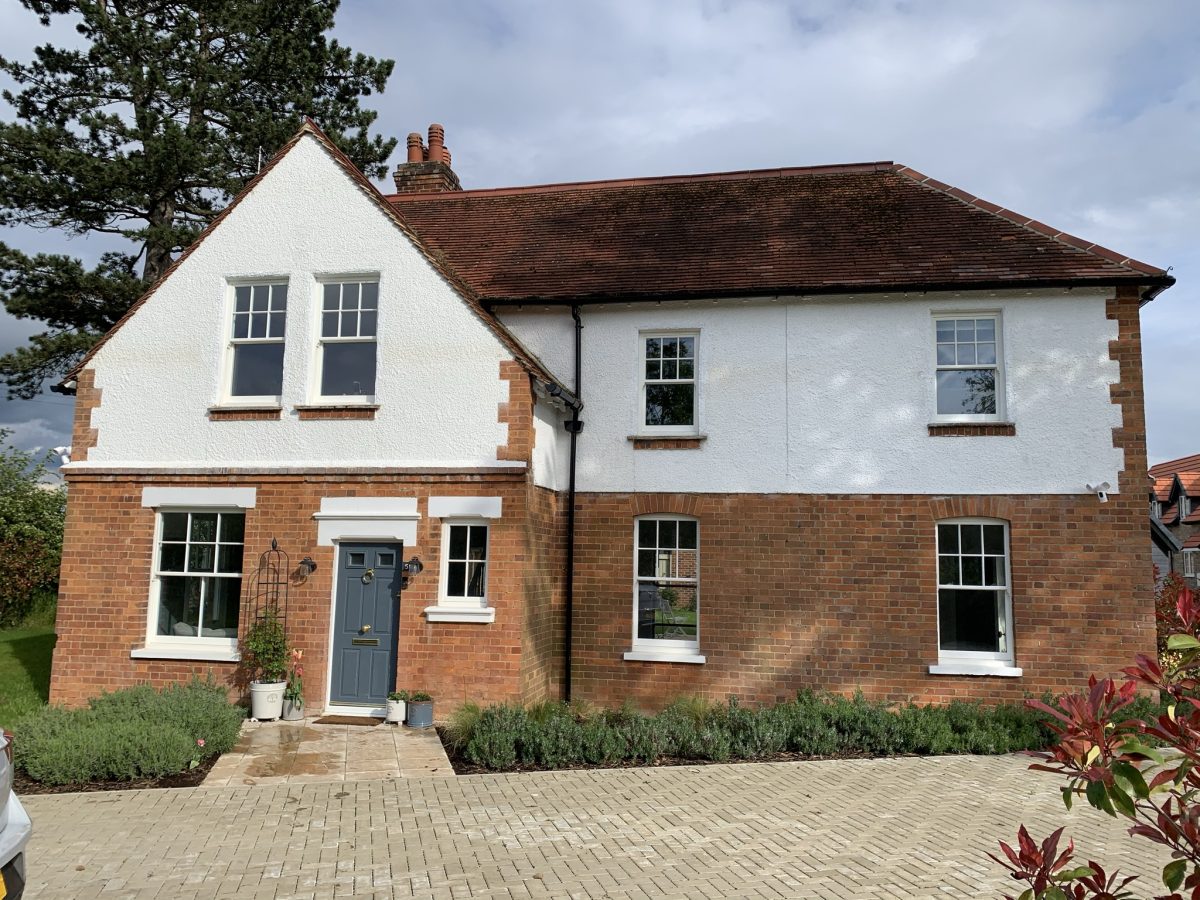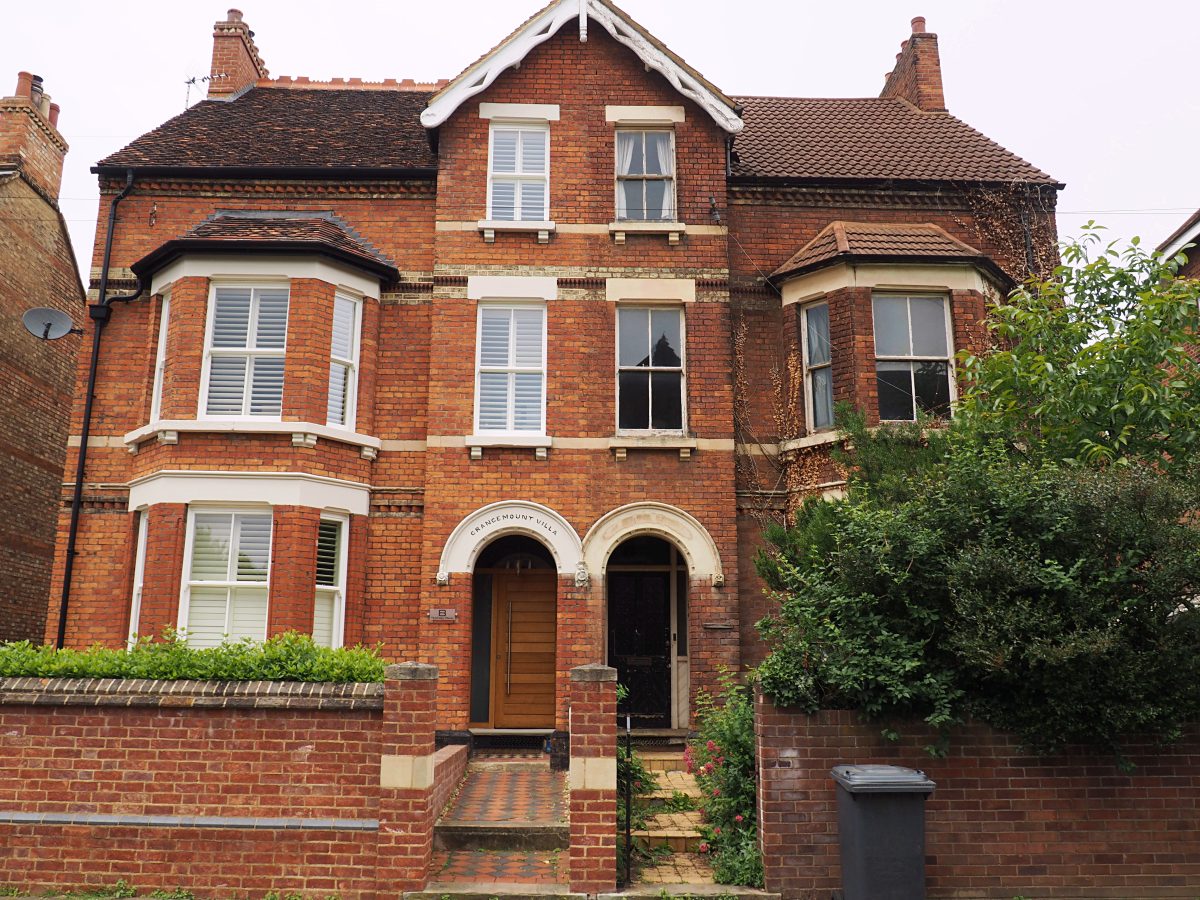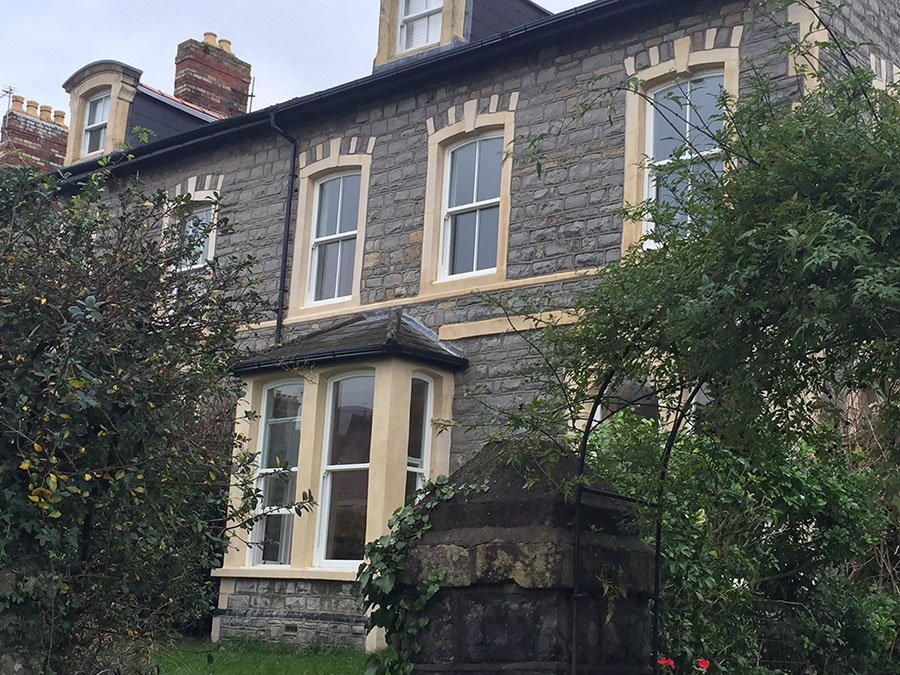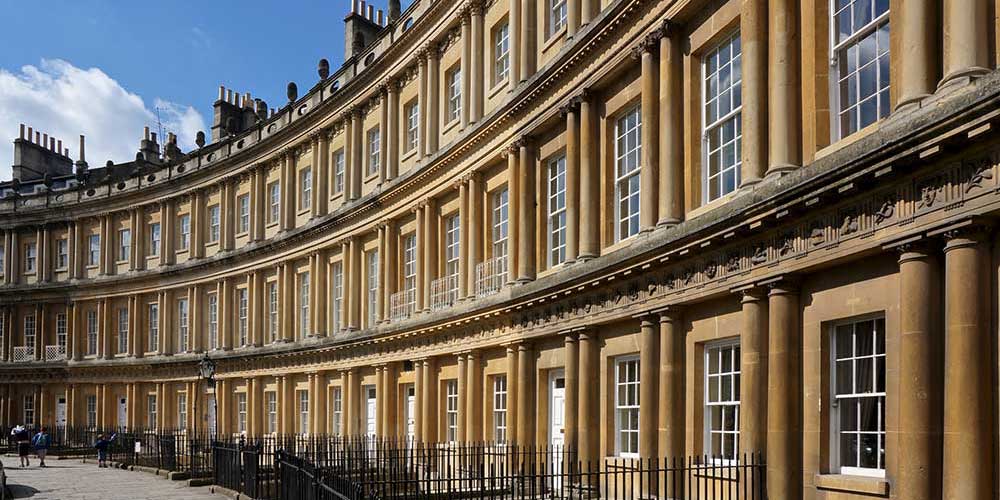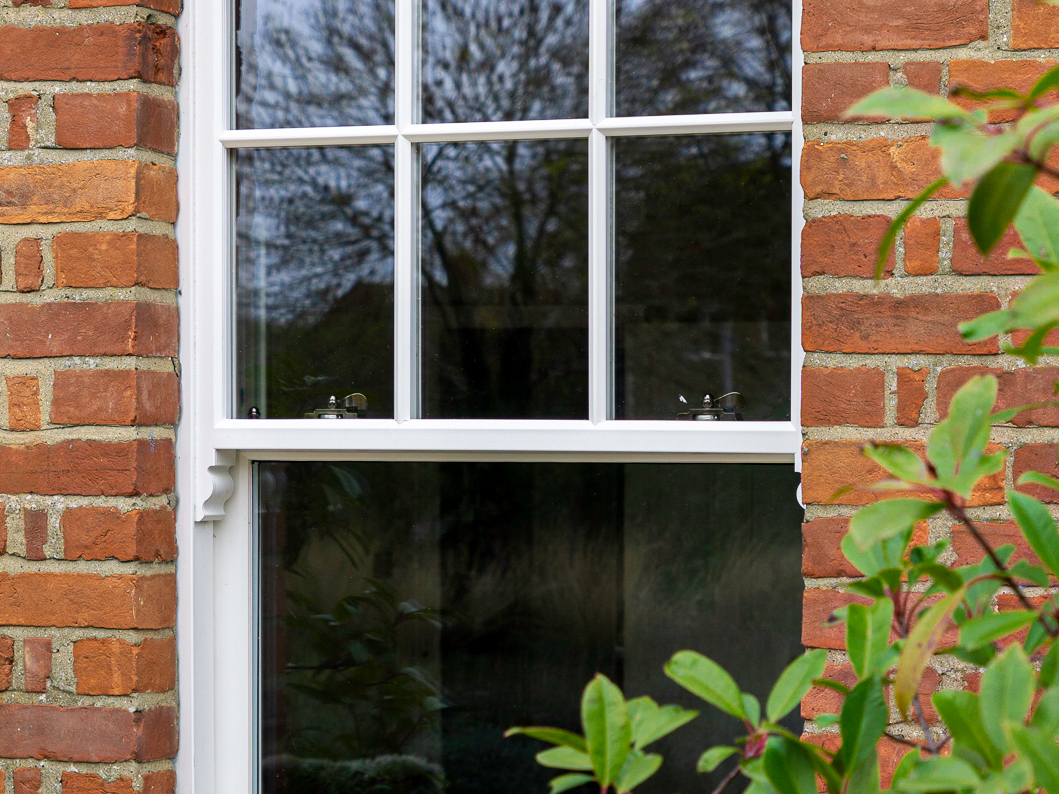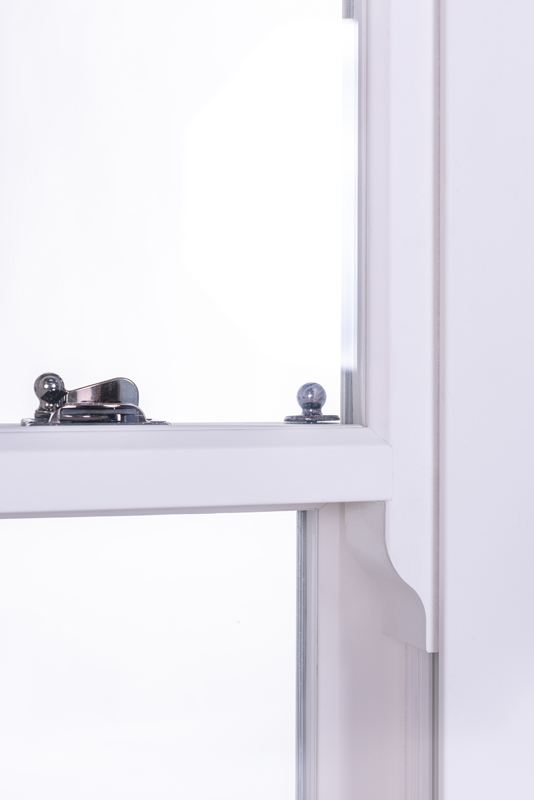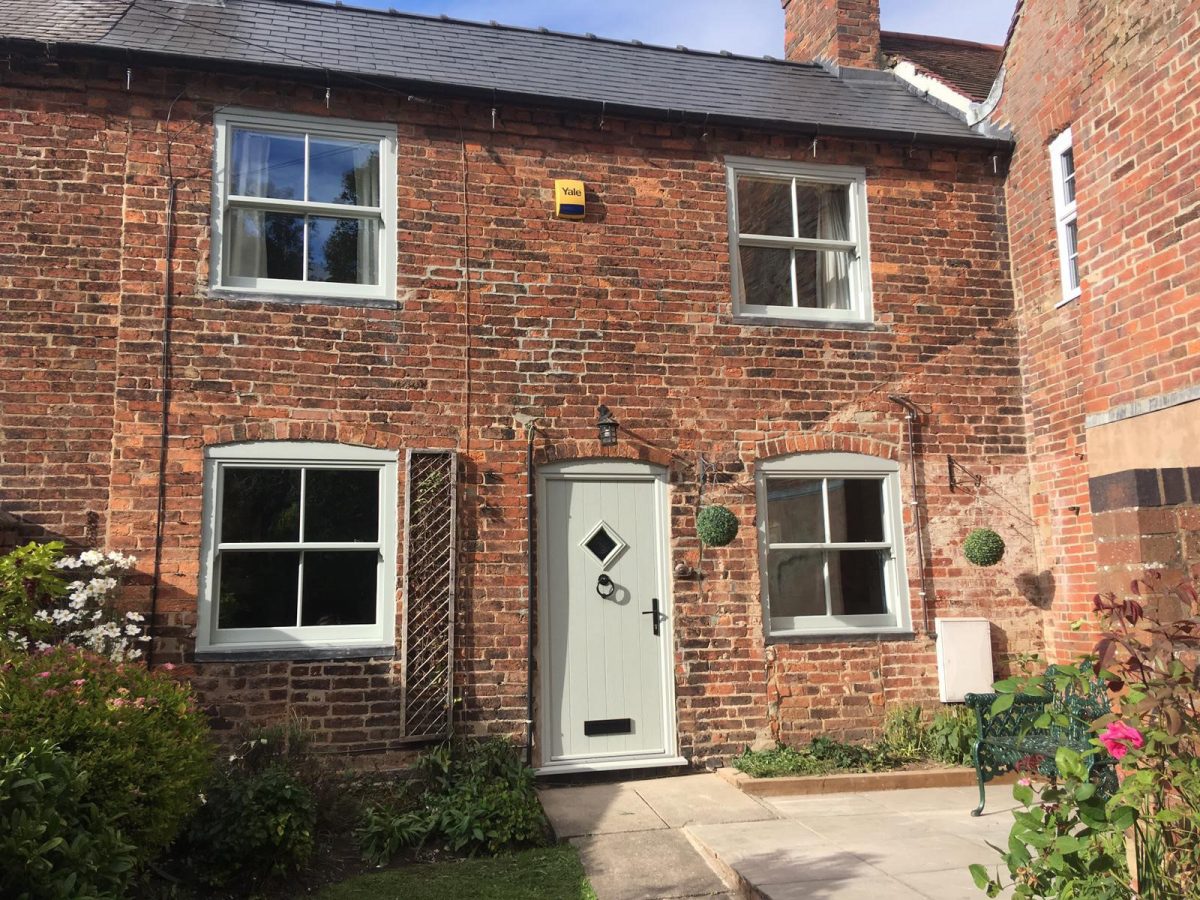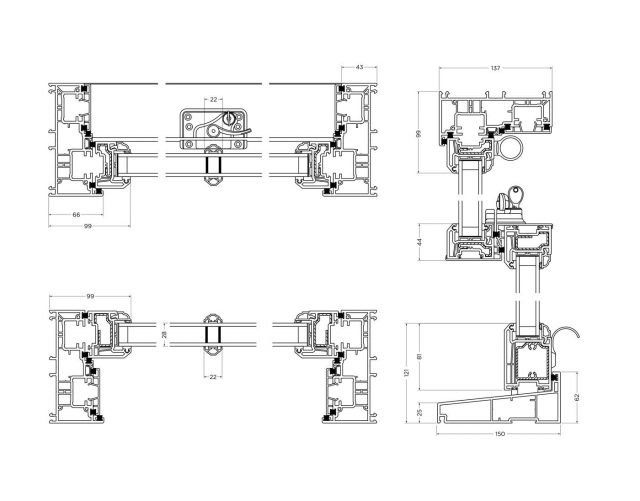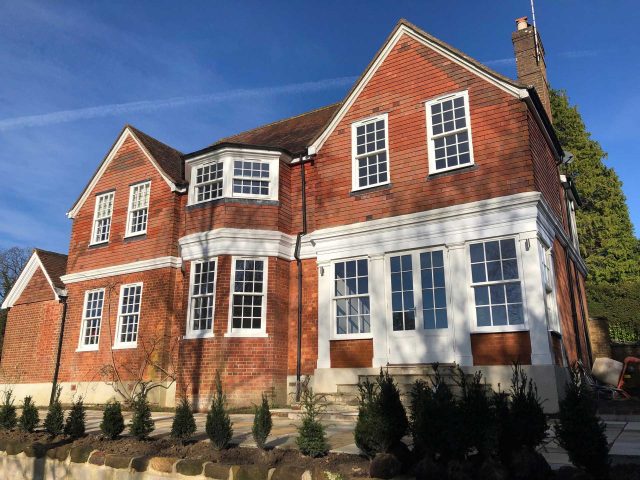Sash windows are quintessentially British. They’ve been an important part of our architectural heritage since the late 17th century.
However, original, single-glazed sash windows lack security, are often draughty and cold, and, unless properly maintained throughout their lifetime, are often found in a state of disrepair. As a result, many original sash windows have been replaced, often with low-cost casement windows.
Fortunately, measures have been introduced to stop this process. Sensitive and important buildings are granted Listed status, which prevents any changes from being made to the fabric or appearance of the building. More commonly, areas of architectural or historic interest are designated as conservation areas which helps preserve their character and appearance.
This is where Roseview sash windows come in. Sensitively-designed, high-end uPVC sash windows can bridge the gap between low-cost, inappropriate casement windows and expensive, high-maintenance timber replacements in traditional and conservation settings, including conservation areas.





